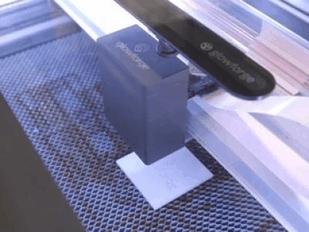Hi all. Most of you are already aware that
Slashdot was sold by DHI Group last week, and I very much enjoyed answering questions and reading feedback in the comments of that announcement story. There's no doubt that the Slashdot community is one of the most thoughtful, intelligent, and prolific communities on the web.
I wanted to use this opportunity to get a discussion going on how we can improve Slashdot moving forward. I am not talking about a full re-design that will detract from the original spirit of Slashdot, but rather: user experience, bug fixes, and feature improvements that are requested from actual /. users. We appreciated many of your suggestions in the story announcing the sale, and I have taken note of those suggestions. This story will serve as a more master list for feature requests and improvement suggestions.
We welcome any and all suggestions. Some ideas mentioned in the sale story were, in no particular order: Unicode support, direct messaging, increased cap on comment scores, put more weight on firehose voting to determine which stories make the front page, reduced time required between comments, and many more. We'd love a chance to discuss these suggestions and feature improvements and pros and cons here before we bring them back to our team for implementation.
























